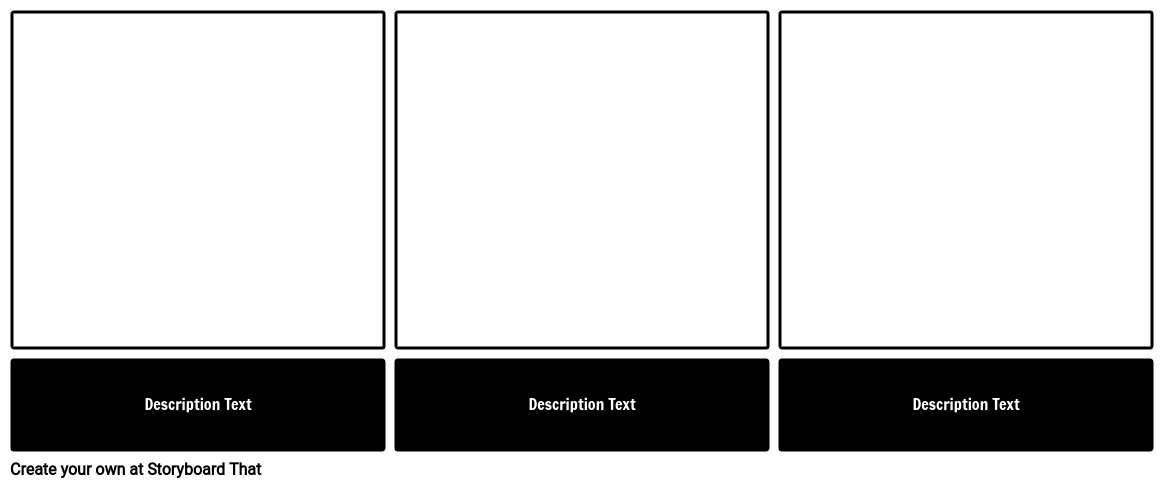Lesson Plan Overview
An exceptional way to help your students follow a text is to have them track the important details. This helps students develop a greater understanding of how the events fit together to provide the overall structure of the text.
This example identifies six main parts:
- Eyes help the falcon spot dinner in the grass below. Eyes on the mouse will help him find a safe place away from the falcon.
- Animal and human eyes catch bouncing light in order to see.
- Light, from a variety of sources, bounces, or reflects, off a surface which causes it to be seen by the eyeball.
- The light enters the cornea. The cornea bends, or refracts, the light.
- Next, light enters your pupil passing through the lens. The lens bends light further, allowing the image to focus.
- The image appears upside down on your retina. Your brain flips it right side up.
Template and Class Instructions
(These instructions are completely customizable. After clicking "Copy Activity", update the instructions on the Edit Tab of the assignment.)
Student Instructions
Diagram the process of how the eyes allow us to see.
- Click "Start Assignment".
- In the descriptions, summarize how the eyes work.
- Add illustrations for each cell using appropriate art.
- Save and Exit
Lesson Plan Reference
Lesson Plan Overview
An exceptional way to help your students follow a text is to have them track the important details. This helps students develop a greater understanding of how the events fit together to provide the overall structure of the text.
This example identifies six main parts:
- Eyes help the falcon spot dinner in the grass below. Eyes on the mouse will help him find a safe place away from the falcon.
- Animal and human eyes catch bouncing light in order to see.
- Light, from a variety of sources, bounces, or reflects, off a surface which causes it to be seen by the eyeball.
- The light enters the cornea. The cornea bends, or refracts, the light.
- Next, light enters your pupil passing through the lens. The lens bends light further, allowing the image to focus.
- The image appears upside down on your retina. Your brain flips it right side up.
Template and Class Instructions
(These instructions are completely customizable. After clicking "Copy Activity", update the instructions on the Edit Tab of the assignment.)
Student Instructions
Diagram the process of how the eyes allow us to see.
- Click "Start Assignment".
- In the descriptions, summarize how the eyes work.
- Add illustrations for each cell using appropriate art.
- Save and Exit
Lesson Plan Reference
How Tos about \"Seeing Eye to Eye\" Summarization Activity
How to guide students in creating a collaborative eye model project
Engage your class by working together to build a 3D model of the human eye using everyday materials. This interactive project helps students visualize each part's role in how we see and reinforces learning from your lesson.
Gather simple materials for model building
Collect items like colored paper, clay, plastic wrap, cardboard tubes, and markers. Encourage students to suggest and bring in recyclable supplies to make the project both creative and sustainable.
Assign eye parts to small groups
Divide students into groups and give each one a specific part (cornea, lens, retina, etc.) to research and build. This boosts engagement and allows each student to become an ‘expert’ on their assigned part.
Assemble and label the class eye model together
Have groups present their parts and work as a team to assemble the full model. Encourage everyone to discuss how light travels through each part as they add it to the model, making the learning process hands-on and memorable.
Display and reflect on the finished eye model
Showcase the completed eye in your classroom. Lead a class discussion or reflection activity where students share what they learned about how our eyes work, reinforcing key science concepts through collaboration.
Frequently Asked Questions about \"Seeing Eye to Eye\" Summarization Activity
What is the 'Seeing Eye to Eye' summarization activity for students?
The 'Seeing Eye to Eye' summarization activity is a classroom exercise where students track and diagram how eyes work, following key details in a text to improve comprehension and understanding of visual processes.
How do you diagram the process of how eyes allow us to see?
To diagram how eyes work, students illustrate and label each step: light reflects off objects, enters the cornea, passes through the pupil and lens, focuses on the retina, and is processed by the brain to create an image.
What steps should students follow in the 'Seeing Eye to Eye' assignment?
Students should: 1) Click "Start Assignment," 2) Summarize each step of vision in their own words, 3) Add matching illustrations for each step, and 4) Save and exit when finished.
Why is summarizing important for understanding how eyes work?
Summarizing helps students identify and connect key details, making complex processes like vision easier to understand and remember.
What are the main parts involved in how eyes help us see, according to the activity?
The main parts include: cornea, pupil, lens, retina, and the brain—each playing a role in capturing and processing light to create an image.
More Storyboard That Activities
Seeing Eye to Eye
Testimonials

“By using the product, they were so excited and they learned so much...”–K-5 Librarian and Instructinal Technology Teacher

“I'm doing a Napoleon timeline and I'm having [students] determine whether or not Napoleon was a good guy or a bad guy or somewhere in between.”–History and Special Ed Teacher

“Students get to be creative with Storyboard That and there's so many visuals for them to pick from... It makes it really accessible for all students in the class.”–Third Grade Teacher
© 2025 - Clever Prototypes, LLC - All rights reserved.
StoryboardThat is a trademark of Clever Prototypes, LLC, and Registered in U.S. Patent and Trademark Office





